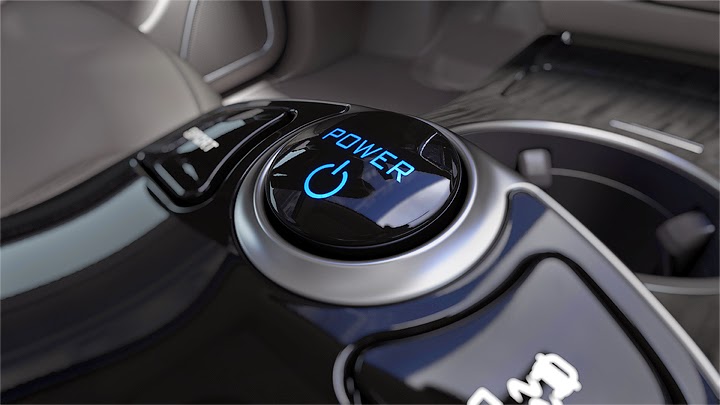
This article’s vehicle is the very first result of a 50:50 joint-venture between Daimler AG and the Chinese BYD, whose intention is to make the best of both companies’ technologies towards better all-electric cars whether in performance, efficiency or price. If such speech gave you a little déjà vu, the name you’re trying to remember is probably Zinoro 1E – the differences include the facts of that one coming from BMW and Brilliance and being a (too) simplified variation of X1. Denza’s initial concoction, on the other hand, follows the very popular strategy of using new “visible” parts (external and internal design, basically), so as to make a better impression, but based on old underpinnings in order to lower the overall costs.
However, if we start to analyze it in that order, “make a good impression” is pretty much the nicest thing you can truly say of this car’s design. Denza repeated the typical formula of attempting to look fancy by actually looking discreet, but it managed to be so bland that it isn’t hard to mistake it for an older car. It’s still way more pleasant than 1E, but being unable to take attention might not be the best strategy for a company which is just starting to operate. Using LED tail lights is nice, but you can’t overlook the excess of chrome inserts. And if you found the “half-coupé-half-minivan” silhouette a little weird, take a look at the rear: the D-pillars are that large in order to disguise the fact that the glass doesn’t go all the way to the trunk lid.










Denza’s goals are pursued much more effectively when it comes to equipments. Since this model is supposed to stay between BYD and Mercedes’ respective lineups, it makes up for the questionable design taste with items such as 18” wheels and leather seats as standard at the Lifestyle trim, while the upscale Executive adds adaptive HID xenon lights, full infotainment central and premium-quality audio system. There isn’t much information yet, but the structure was reinforced so as to carry the electric system’s additional weight. The overall safety, in turn, should be assured by a five-star rating in the C-NCAP crash test and the fact that Denza was developed with the supervision of CATARC, which is China’s official safety regulation entity.
If the previous characteristics weren’t capable of convincing you to take a Denza – which you will be able to do from next September – the trick won’t be done by talking about its powertrain. The electric motor generates 115 hp of power and 214 lb-ft of torque and is combined to a 47.5-kWh lithium-phosphate battery pack protected by an aluminum structure. It’ll be possible to reach 150 kph of top speed and 300 km of total range, although every attempt of any will be followed by a seven-hour wait to get full recharge using a 220-volt conventional outlet. If you can’t wait that long, finding a fast-charging station will get this job done in much less time. Being an electric car gives Denza many government incentives, which reduce its price from 369,000 to about 120,000 yuan.